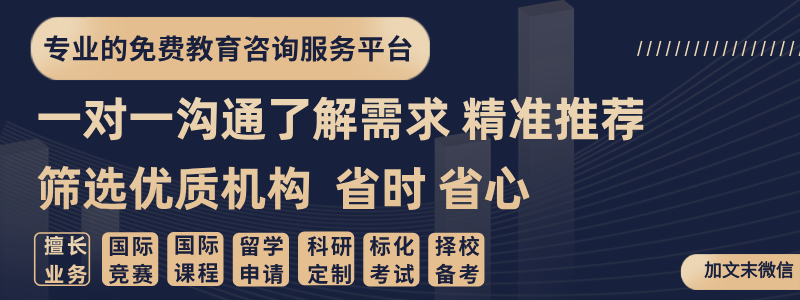2月22日 真題:
Last class, we started talking about how almost anyone today can write and post news articles to a Web site or even host a news podcast. People no longer need a degree in journalism or a professional connection to a news outlet to express their views and ideas to a wide audience. Some people believe this development negatively affects the field of journalism as well as consumers of news. Do you agree with this viewpoint? Why or why not?
9月21日真題:
Which do you think is a bettercnsource of news: traditional outlets like television andnewspapers, or social media?
新聞話題
一. 新聞的準確性和可靠性
•Traditional media outlets follow rigorousfact-checking procedures, ensuring higher accuracy and reliability.(傳(chuan) 統媒體(ti) 遵循嚴(yan) 格的事實核查程序,確保新聞的準確性和可靠性。)
•Unlike traditional journalism, social media allowsunverifiedinformation to spread rapidly, leading tomisinformation.(與(yu) 傳(chuan) 統新聞業(ye) 不同,社交媒體(ti) 允許未經證實的信息迅速傳(chuan) 播,導致誤導性新聞。)
Example: COVID-19 misinformation
During the COVID-19 pandemic, manyfalse claimsspread rapidly on social media, such as the idea that drinking hot water could kill the virus. These rumors misled people and sometimes caused harm. In contrast, traditional media, like BBC and The New York Times, relied onexpert interviews and scientific datato provide accurate information.
在新冠疫情期間,社交媒體(ti) 上迅速傳(chuan) 播了許多錯誤信息,例如“喝熱水可以殺死病毒”這種說法。這些謠言誤導了公眾(zhong) ,有時甚至造成傷(shang) 害。相比之下,像BBC和《紐約時報》這樣的傳(chuan) 統媒體(ti) 依靠專(zhuan) 家訪談和科學數據,提供了更準確的信息。
二. 新聞傳(chuan) 播的速度與(yu) 便利性
•Social mediadelivers breaking newsalmostinstantly, keeping people updated in real time.(社交媒體(ti) 幾乎可以即時發布突發新聞,讓人們(men) 能夠實時獲取信息。)
•Traditional media often requiresextensive editing and fact-checking, which slows down the news reporting process.(傳(chuan) 統媒體(ti) 通常需要廣泛的編輯和事實核查,從(cong) 而降低了新聞報道的速度。)
Example : Natural Disasters
When an earthquake struck Turkey in 2023, social media platforms like Twitter becamethe primary sources of real-time updates. Survivors posted their locations, helping rescue teams locate them faster than traditional news reports, which took longer toverifyinformation before broadcasting.
2023年土耳其發生地震時,Twitter等社交媒體(ti) 成為(wei) 實時信息的主要來源。幸存者在社交媒體(ti) 上發布自己的位置,幫助救援隊比傳(chuan) 統新聞報道更快地找到他們(men) ,而傳(chuan) 統媒體(ti) 需要更長時間來核實信息後才進行報道。
三. 多元化視角與(yu) 新聞民主化
•Social media platforms empower individuals to share their perspectives, providing a more diverse range of viewpoints.(社交媒體(ti) 平台賦予個(ge) 人表達觀點的權利,提供更為(wei) 多樣化的視角。)
•Independent journalists and bloggers often report on issues overlooked by mainstream media.(獨立記者和博主經常報道主流媒體(ti) 忽視的問題。)
四. 新聞的客觀性和偏見
•Traditional media aims to maintain journalistic integrity, while social media content is often driven by personal opinions and biases.(傳(chuan) 統媒體(ti) 致力於(yu) 保持新聞的客觀性,而社交媒體(ti) 上的內(nei) 容往往受到個(ge) 人觀點和偏見的影響。)
•Sensationalism on social media leads to the spread ofbiased or exaggeratednews to attract attention.(社交媒體(ti) 上的聳人聽聞的報道會(hui) 傳(chuan) 播帶有偏見或誇大的新聞,以吸引關(guan) 注。)
Example: Sensationalism in Online News
Some online news platformsprioritizesensational headlinesto attract moreclicks. For example, during the 2016 U.S. presidential election, many fake news websites spread exaggerated or completely false stories tomanipulate public opinion, such as claiming that one candidate was involved in criminal activities without any evidence.
一些在線新聞平台為(wei) 了吸引更多點擊量,會(hui) 優(you) 先選擇聳人聽聞的標題。例如,在2016年美國總統大選期間,許多虛假新聞網站傳(chuan) 播誇大或完全錯誤的故事,以操縱公眾(zhong) 輿論,比如無證據地聲稱某位候選人涉及犯罪活動。














評論已經被關(guan) 閉。